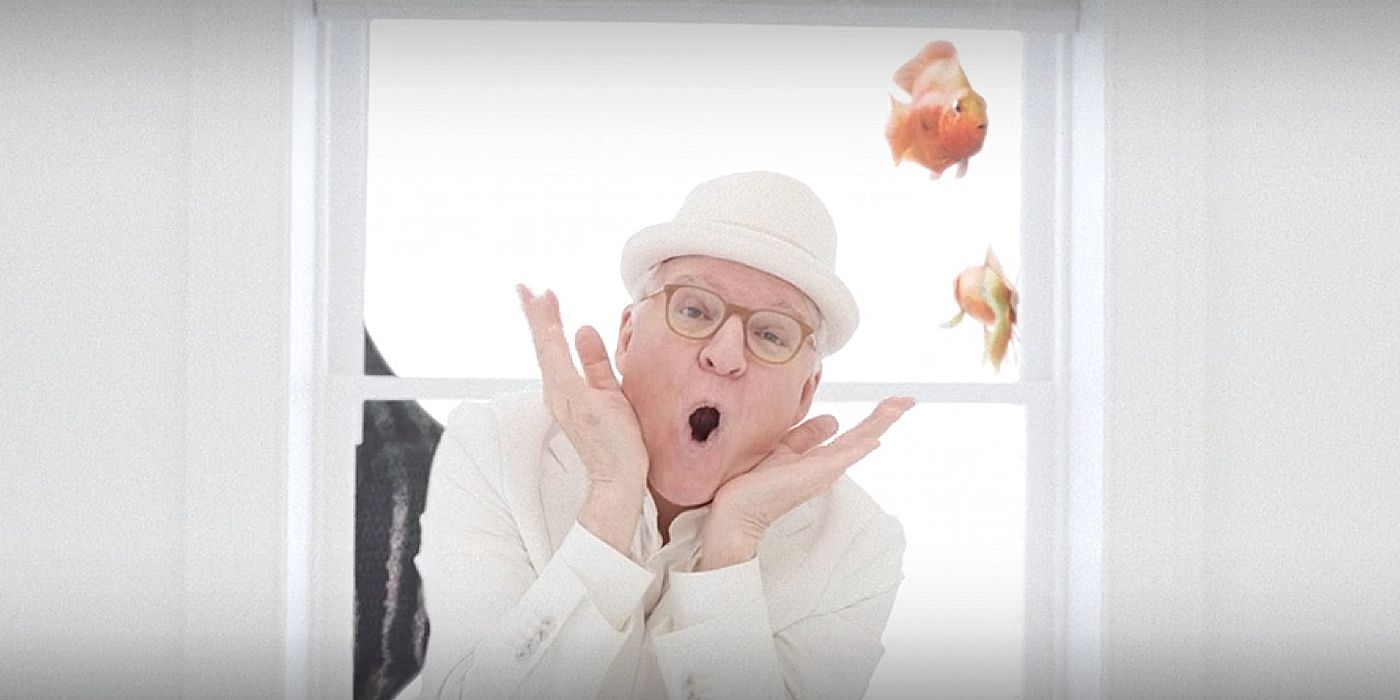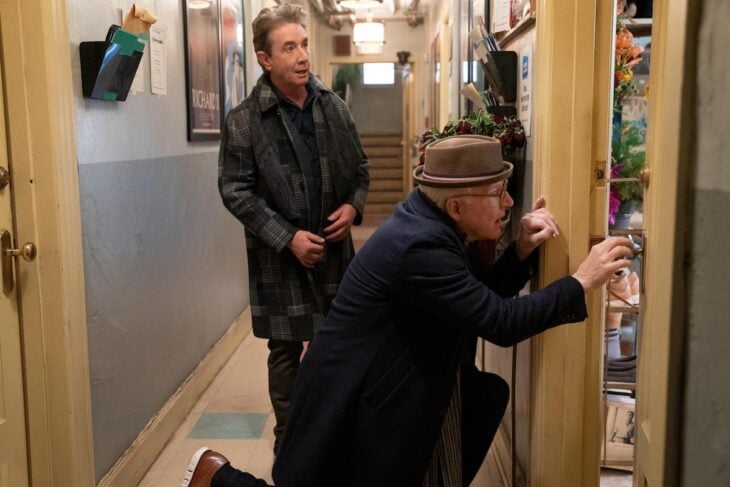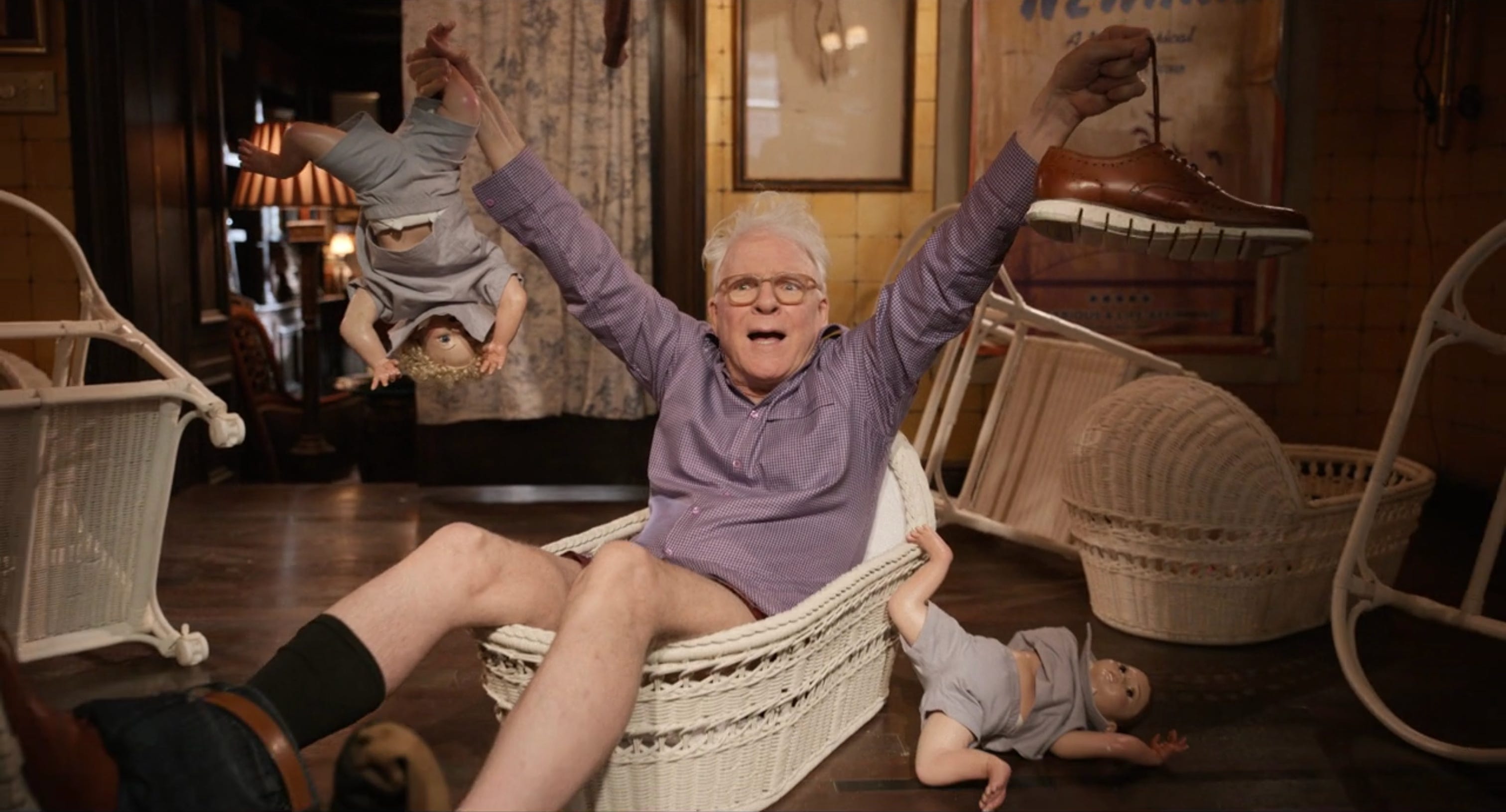What is the White Room in Acting?
It’s a familiar scenario in the world of theater and acting – the lights are bright, the audience is hushed, and the actor stands center stage, ready to deliver their lines. But what happens when the unthinkable occurs, and the actor’s mind suddenly goes blank? Welcome to the realm of the White Room acting, a mysterious and somewhat unsettling phenomenon that has plagued performers for decades.
In the hit TV series Only Murders in the Building, the character of Charles Haden-Savage, played by the legendary Steve Martin, grapples with this very issue. As the show’s third season unfolds, Charles finds himself cast in a Broadway musical, where he must confront his own stage fright and the White Room acting experience. In this blog post, let’s explore what is the white room in acting.
Exploring Acting the White Room

What is the white room in acting? The White Room is a term that is well-known among theater enthusiasts and professionals alike. It refers to a state of mind where an actor, in the midst of a live performance, suddenly loses all connection to their surroundings and the script they’ve meticulously memorized. In this dissociative state, the actor is left with a sense of complete disorientation, as if they’ve been transported to an empty, white-walled room.
This phenomenon is not merely a figment of the writer’s imagination. In fact, it is a very real and documented experience in the world of performing arts. As Seth Rudetsky, a theater actor and writer, recounted in a 2013 interview with Playbill, he once found himself in the throes of the White Room during an early stage performance. “We started the first scene and when I got to my seventh line I completely went blank. That’s what’s called entering the white room; meaning there is nothing but whiteness around you. Nothing to grab onto,” he explained.
Navigating the Perils of the White Room Stage Acting

The White Room acting experience is particularly challenging in the realm of live theater, where there are no second takes or opportunities to edit. As the character Jonathan in Only Murders in the Building explains, “In theatre there’s no net. You blank out, that’s it. You’re a polar bear in a global warming documentary, hanging on to a tiny piece of ice in the middle of the sea, waiting to die.”
For actors like Charles Haden-Savage, the pressure of performing on a Broadway stage without the safety net of television or film can be overwhelming. When he finds himself in the White Room during a rehearsal, he is completely unaware of his surroundings, only to later discover that he has acted out in bizarre and uncharacteristic ways, much to the horror of his castmates.
Finding Strategies to Overcome the White Room

As the show’s third season progresses, Charles Haden-Savage tries various techniques to combat the White Room acting phenomenon. One of his strategies involves the familiar act of cooking an omelet, which he finds to be a calming and grounding exercise. By immersing himself in the familiar routine of making his signature dish, Charles is able to regain his focus and successfully rehearse his patter song.
However, the White Room acting experience is not easily conquered, and Charles soon finds himself facing a new challenge – the prospect of his girlfriend, Joy, moving in. This unexpected life change triggers another bout of stage fright, leading him to once again find refuge in the comforting embrace of the White Room.
See Also: Walton Goggins Movies and TV Shows: An Actor’s Journey
The Universality of the White Room Acting Experience

Acting the White Room is a phenomenon not exclusive to the fictional world of Only Murders in the Building. In fact, it is a well-documented challenge that many real-life actors and performers have faced throughout their careers.
As Jason Veasey’s character, Jonathan, explains in the show, “If you blank out, that’s it. It happened to Bobo in 2014. He was doing As You Like It in Wilmington. He’ll never know exactly what he did on that stage, but there are pictures of his penis online and he has to assume they came from that.”
This candid acknowledgment of the White Room acting experience underscores the universality of this challenge, and the very real consequences that can arise from it. For many performers, the fear of the White Room can be a constant source of anxiety, affecting their confidence and performance abilities.
Embracing the White Room Acting Experience as a Creative Opportunity

While the White Room may seem like a daunting obstacle for actors, some performers have found ways to harness its power as a creative tool. In the world of improvisation, for example, the White Room acting experience can be seen as an opportunity to embrace the unknown and explore uncharted territory.
By surrendering to the uncertainty of the moment and trusting their instincts, improvisational actors can tap into a well of spontaneity and creativity that might otherwise be inaccessible. This approach, while not without its challenges, can ultimately lead to some of the most thrilling and memorable performances in the theatre.
The White Room acting experience may be a haunting specter that looms over the world of theater and acting, but it also serves as a testament to the resilience and dedication of performers who are willing to confront their fears and take risks on the stage.
As Only Murders in the Building continues to explore the complexities of Charles Haden-Savage’s struggle with the White Room, it shines a light on the very real challenges that actors face in their pursuit of excellence. And for those who are willing to embrace the unknown and trust their instincts, the White Room acting experience may just hold the key to unlocking their true creative potential.
If you enjoyed reading this, you should check out: Naomi Sablan: A Producer Renowned For Her Filmography

